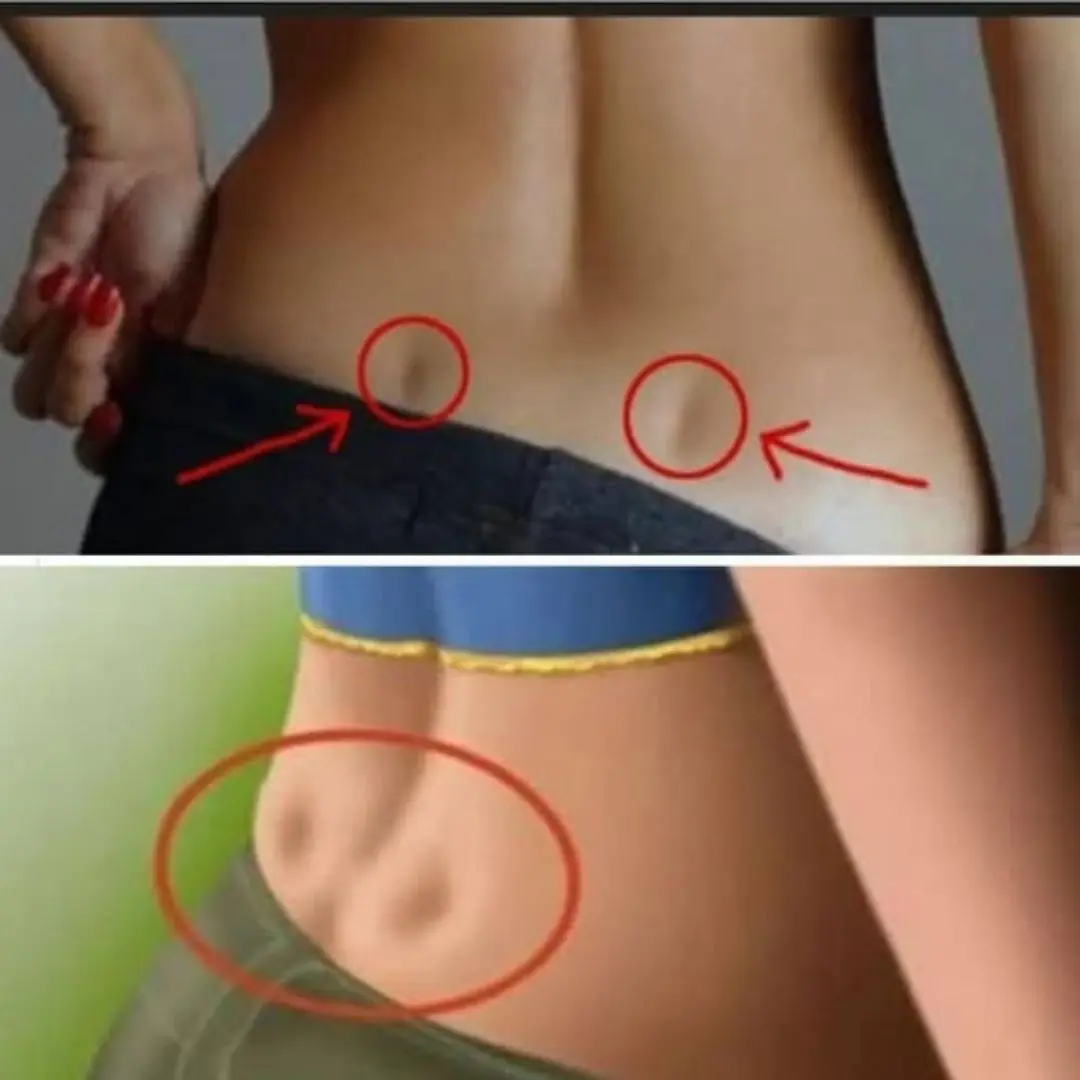
Some people leave this world with eyes still open — especially in sudden d.e.a.t.h. Is it fear… or biology?
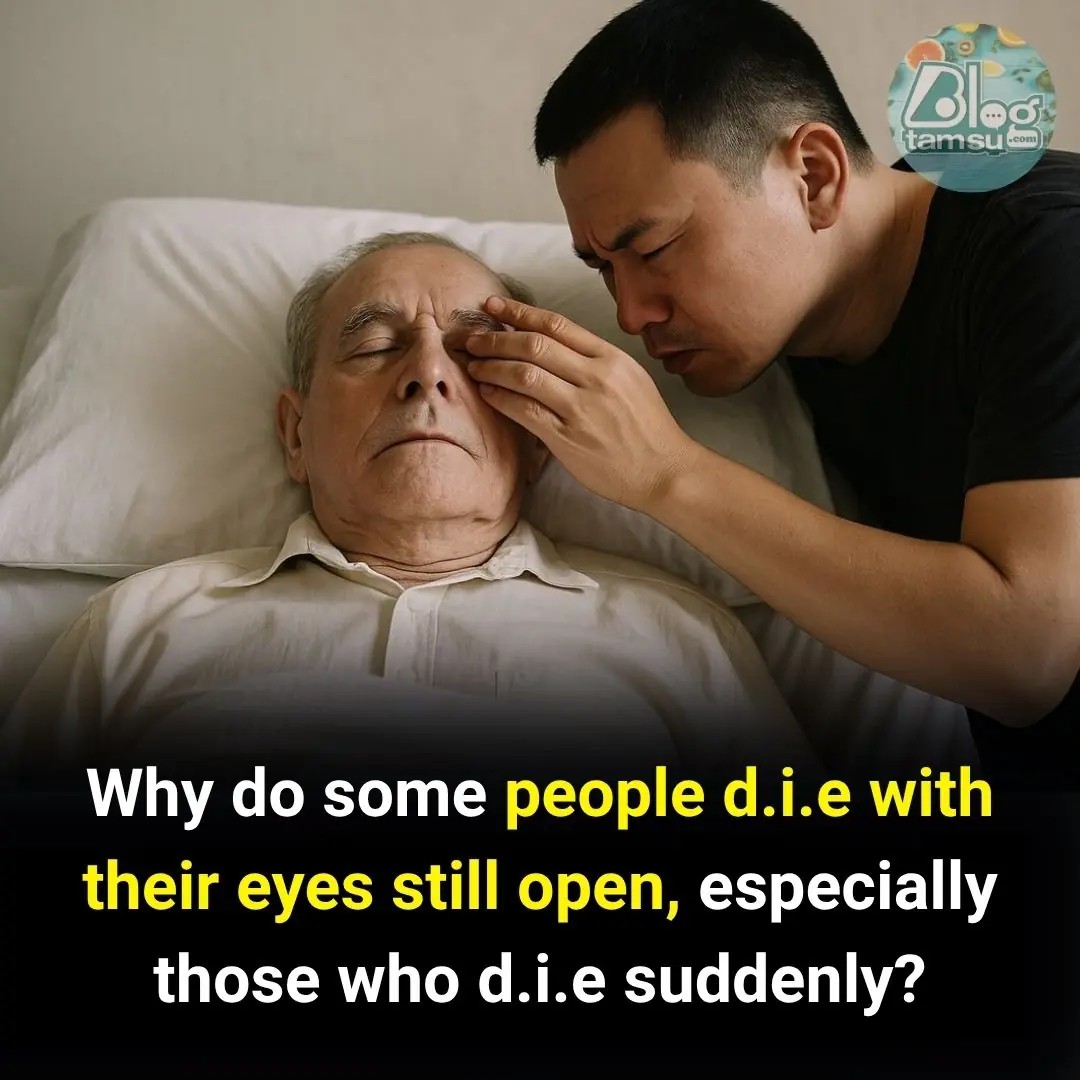
Eyes Remaining Open After Death: Is It Real? A Scientific Explanation
1. Do Eyes Really Stay Open After Death?
According to the study “Eyelid Closure at Death,” a significant number of people do not fully close their eyes at the moment of death — meaning the eyelids may remain partially or fully open. In one study of 100 individuals who passed away in nursing homes, 37% were found with their eyelids not completely closed.
(Source: ResearchGate)
The study concluded that incomplete eyelid closure after death is not related to “sin,” “restless spirits,” or superstition, but is most likely associated with central nervous system damage or pre-existing medical conditions.
(Source: PMC)
2. What Happens in the Body After Death?
a) Primary Flaccidity — Immediate Muscle Relaxation
When the heart stops beating and the brain ceases activity, the entire nervous system shuts down. As a result, all muscles lose their tone, including the muscles responsible for closing the eyelids. This immediate muscle relaxation — called primary flaccidity — can cause the eyelids to fall open due to lack of resistance.
(Sources: Verywell Health, Medscape)
b) Rigor Mortis — Muscle Stiffening
A few hours later, the body enters rigor mortis (postmortem stiffness). When ATP — the molecule responsible for muscle relaxation — is depleted, the actin–myosin fibers lock together, causing the muscles to stiffen. Rigor mortis starts in small muscles first, such as those in the eyelids, jaw, and neck, before spreading to larger muscles.
(Sources: NCBI, Medscape)
Medical textbooks state that rigor mortis usually begins 1–2 hours after death, becomes fully established in 6–12 hours, and can last 24–48 hours or more, depending on environmental conditions.
(Sources: Medscape, Encyclopedias)
This follows Nysten’s Law, which confirms that small muscles (like eyelids and jaw) stiffen first.
(Sources: NCBI, Wikipedia, Medscape)
👉 Therefore, if the eyelids were already open during the flaccid stage, they may become “locked” in that position once rigor mortis begins.
(Sources: ScienceDirect, Medscape)
3. Why Doesn’t Everyone Die With Their Eyes Open?
Several factors determine whether eyelids remain open or closed after death:
-
Neurological or eye-related conditions before death: Facial nerve paralysis, oculomotor dysfunction, brain lesions, or central nervous disorders can prevent proper eyelid closure.
(Sources: PMC, ResearchGate) -
Systemic illness or brain failure: The “Eyelid Closure at Death” study found that central nervous system disorders and severe liver disease were major risk factors for incomplete eyelid closure.
(Source: ResearchGate) -
Eye dryness and environmental exposure: If the eyes are open, the cornea dries faster, making the eyelids harder to close.
(Source: MDPI) -
Postmortem tissue changes: As decomposition begins, skin around the eyes may dry or contract, preventing eyelids from closing.
(Sources: ResearchGate, MDPI)

4. Forensic Implications — What Does It Mean for Death Investigation?
In forensic science, eyelid position can offer minor clues but is not considered a definitive indicator of cause or timing of death.
When the eyes are open, “tache noire” — dark horizontal lines on the sclera — may appear due to drying and oxidation of the eye surface.
(Sources: MDPI, ScienceDirect)
Other signs such as corneal clouding, scleral dehydration, and tissue thickness changes are analyzed to help estimate time of death.
(Sources: ResearchGate, MDPI)
However, experts emphasize that eyelid position alone is unreliable due to variations in medical history, environment, and death conditions.
(Source: ResearchGate)
✅ Conclusion
-
Yes, eyes remaining open after death is real — and fairly common.
-
It is not a mystical or spiritual sign, but rather a natural physiological result of muscle relaxation followed by rigor mortis.
-
Not everyone dies with open eyes — it depends on neurological health, eye condition, environment, and timing within postmortem changes.
-
In forensic science, eyelid position is only one minor factor and cannot be used alone to determine cause or time of death.
News in the same category


If You Find This Insect in Your Home, Here’s What It Means

Doctors Reveals That Eating Apples Causes

What are the health consequences of dehydration?

Heartbreaking but Important: Subtle Signs Your Dog May Be Nearing the End of Life

Put a piece of garlic in the middle of the tree, it has great uses, everyone will want to do it

Save a Ton of Electricity Just by Pressing One “Special” Button on Your Washing Machine — Many People Use It for Years Without Knowing

Why Do Flight Attendants Choose to Stay at a Hotel Instead of Going Straight Home After Landing?

Cardiologist answers questions about clip instructing stroke check with finger that has millions of views on social networks

Many people think it's for decoration!
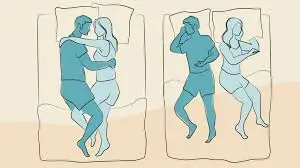
What it says about your relationship when your partner sleeps with their back to you

When Someone in the Family Passes Away, Never Throw Away These 4 Things at Their Funeral

If you hear ringing in your ear, this is a sign that you will suffer from...

When a cat rubs against you, this is what it means

Why do dogs often chase strangers

5 bad habits that increase the risk of str.oke at night

The Silent Mystery of Seat 11A: From the Most Hated Spot to a “Lucky Charm” That Saved the Only Survivors of Two Air Disasters

Doctor’s note: 4 fruits you should limit due to potential health risks, even if they seem affordable.

How dangerous are scratches on non-stick pans?

Warning: 2 types of cooking oils that are harmful to the heart should be limited
News Post
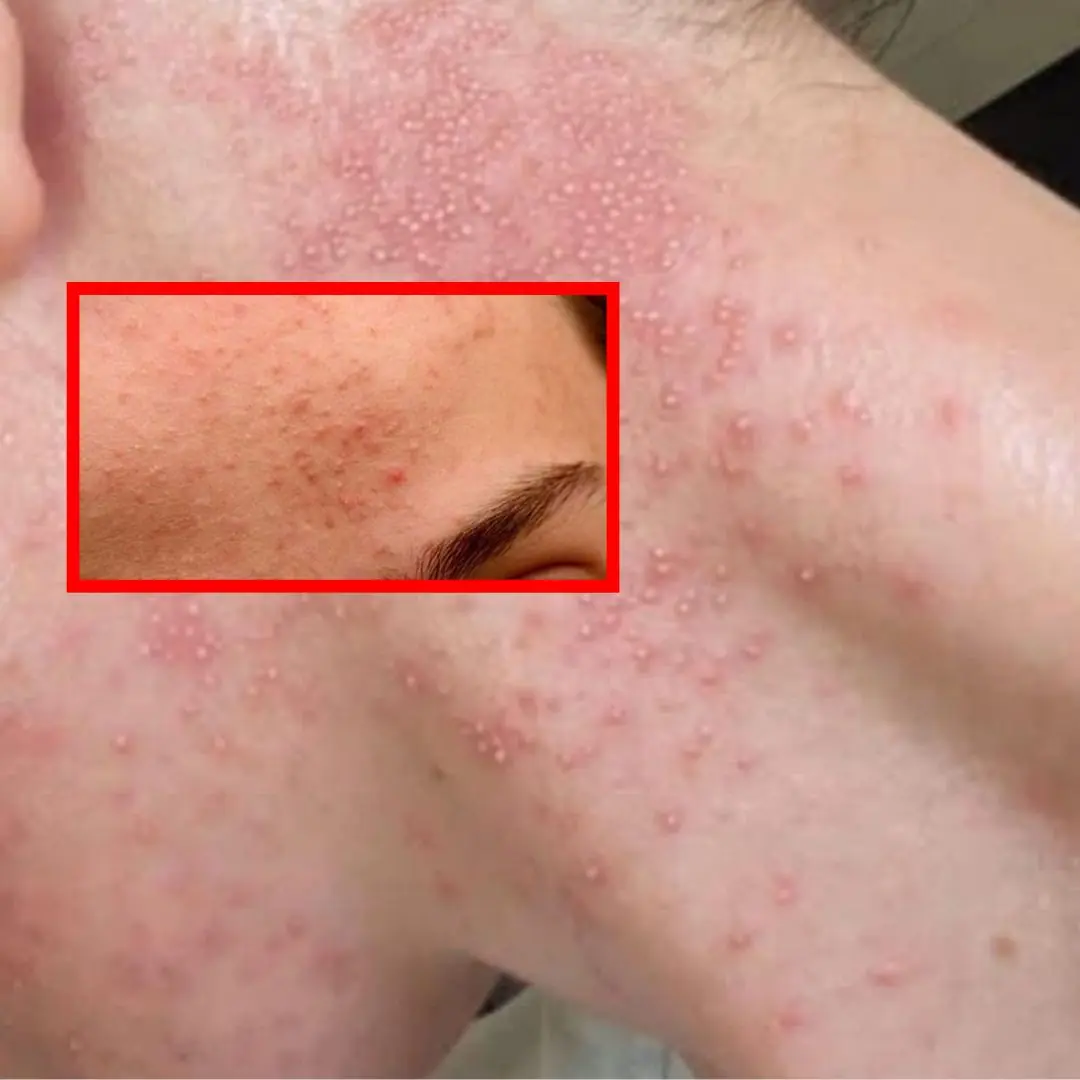
These are the consequences of eating....

5 amazing benefits of drinking warm water with honey

Scientifically Supported Food Combinations That May Benefit Liver Health

Classic Cherry Pie

Hawaiian Pineapple Glazed Ribs

Honey Garlic Roasted Chicken Thighs with Potatoes & Carrots
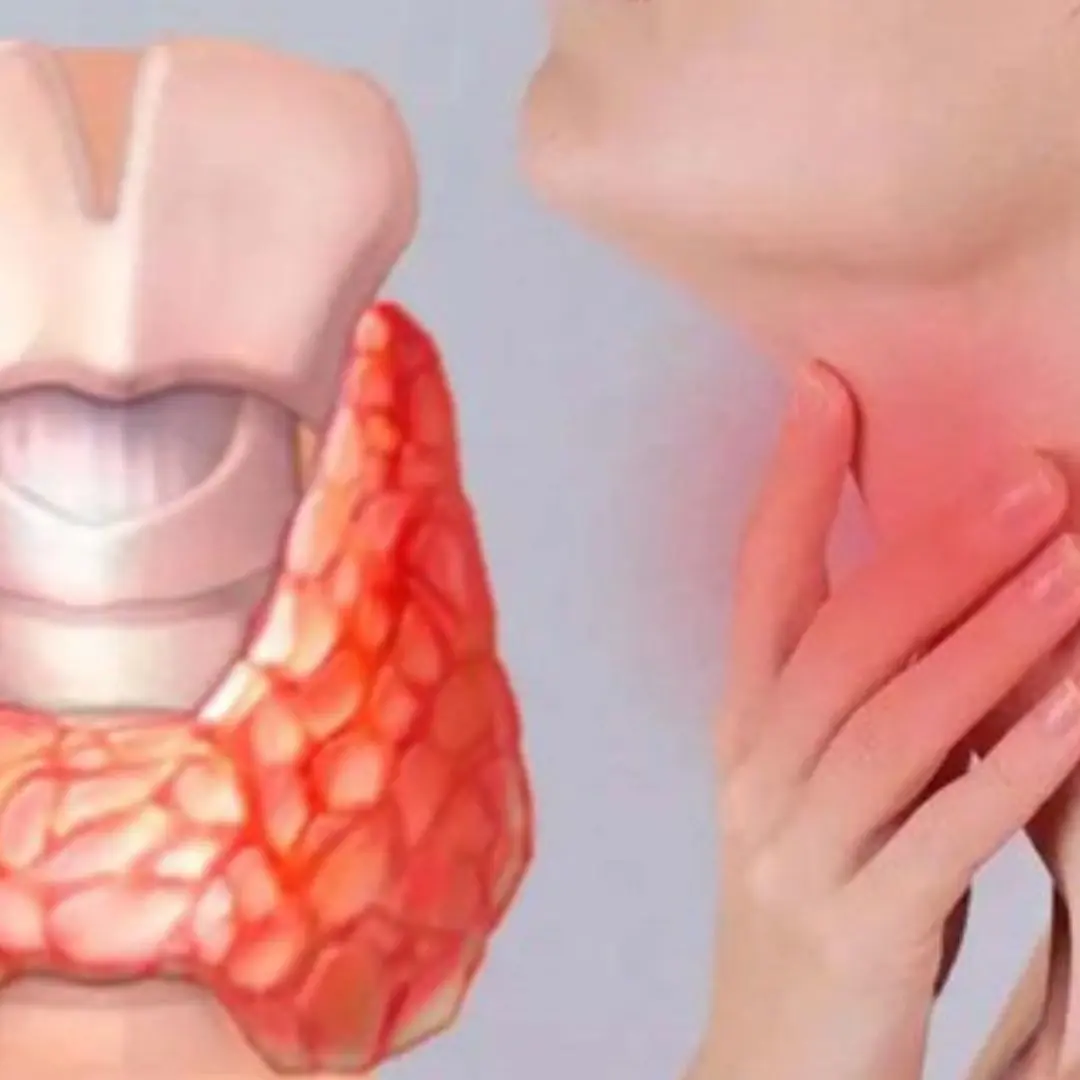
6 Types of Foods That Negatively Affect Your Thyroid — What to Limit or Avoid

The most powerful herb that removes parasites, urinary tract infections and herpes

Tips to Help Hair Grow Faster and Thicker: A Complete Guide for Strong, Healthy Hair

If You Notice These Two Little Holes on Your Back, It Means You’re Not… Tap to Discover

Great effects of rice water you should not miss

Warning: Pain in These Three Areas May Be an Early Sign of Lung Can.cer

Vegetables listed as ca:ncer - causing that many people still eat, should be stopped immediately

If You Find This Insect in Your Home, Here’s What It Means

Tomato Basil Bruschetta

Mediterranean Tortellini Pasta Salad

Swollen Feet? Don’t Ignore This Clear Red Flag — Here’s What It Really Means

Doctors Reveals That Eating Apples Causes

How to Deep-Clean Bed Pillows and Restore Them to Cloud-Like Freshness—Naturally
